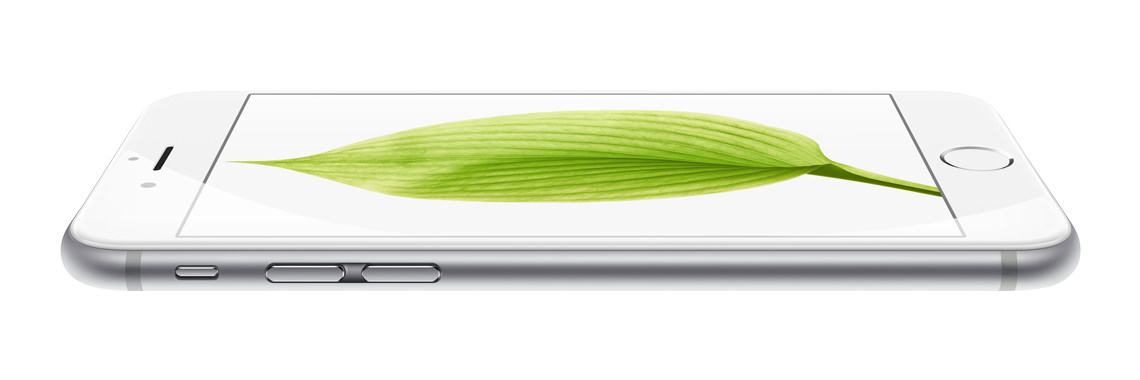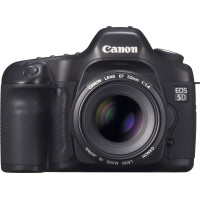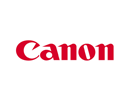Featured
MacBook
Intel Core 2 Duo processor Powered by an Intel Core 2 Duo processor at speeds up to 2.16GHz, t..
$602.00
Ex Tax: $500.00
iPhone
iPhone is a revolutionary new mobile phone that allows you to make a call by simply tapping a name o..
$123.20
Ex Tax: $101.00
Apple Cinema 30"
The 30-inch Apple Cinema HD Display delivers an amazing 2560 x 1600 pixel resolution. Designed speci..
$122.00
Ex Tax: $100.00
Canon EOS 5D
Canon's press material for the EOS 5D states that it 'defines (a) new D-SLR category', while we're n..
$122.00
Ex Tax: $100.00

















